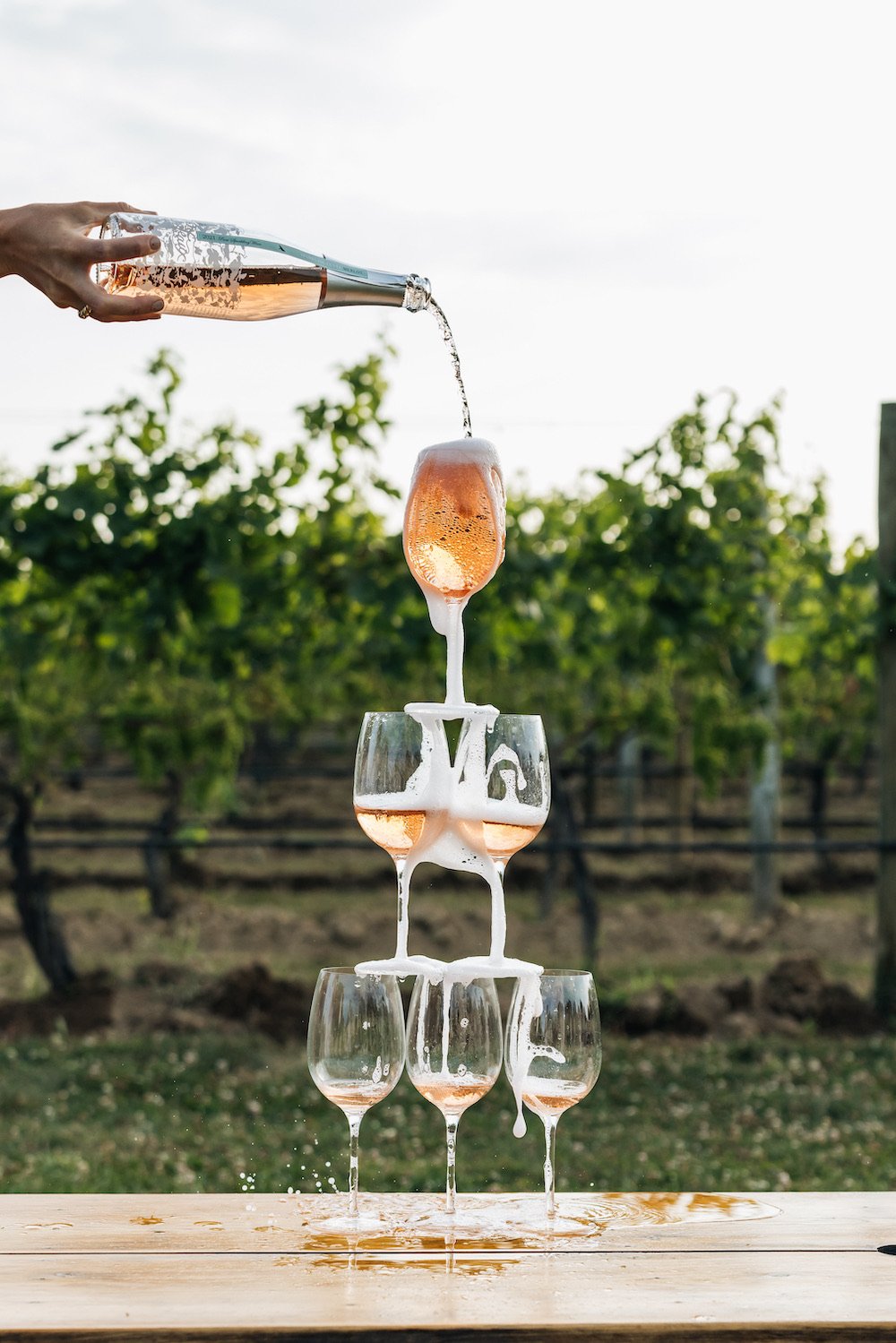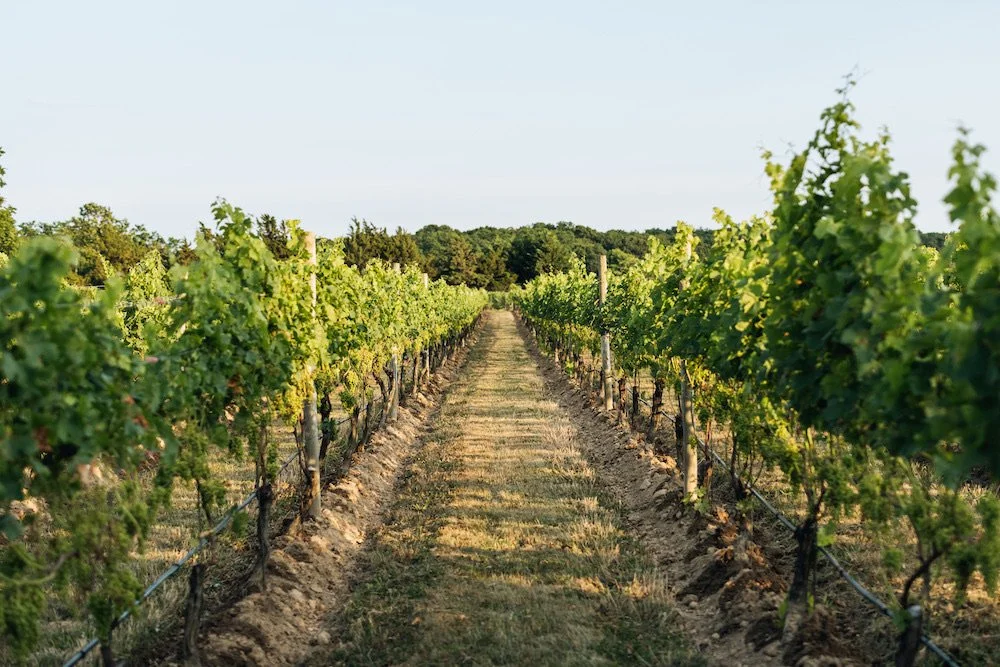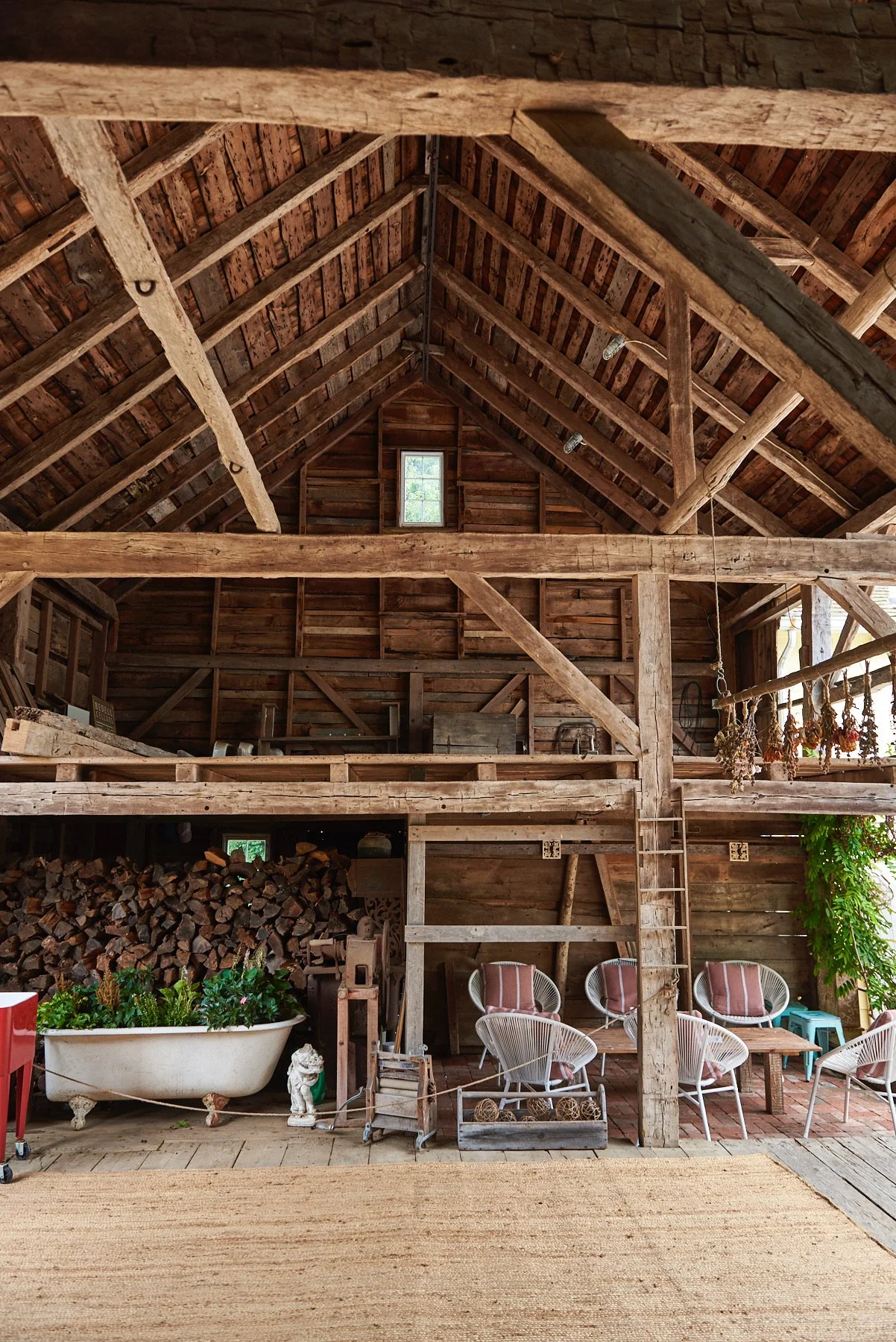
About Croteaux
Croteaux Vineyards is the only vineyard in the U.S. exclusively dedicated to growing vinifera grapes for making only rosé.
Planted in 2003, our vineyards, winery, and tasting garden are set against the backdrop of two historic farms, which have been in continuous agricultural production since the 1700s.
In the summer, this is the perfect setting for tasting and experiencing our delicious wines. Each year brings a fresh vintage of Croteaux rosés, which are released at the start of the season and are sold out by fall.
Why Rosé

We begin to harvest our grapes in September and our wines are bottled in February, allowing us to produce new vintages in time for each upcoming season. In our eyes, good rosé should be clean, crisp, and, above all, drinkable. Once you go pink, it’s all you’ll want to drink.
our rosés should be consumed while young and fresh, within a year or so of their production.
At Croteaux, the easy-going, summer rhythm of the North Fork inspired our wines from the start. Now, nearly a decade later, we believe that our wines, in turn, inspire and complement the local sense of joie de vivre by the seaside. Summer on the North Fork is all about the surf, the sand, and what’s for dinner.
While often topographically compared to Bordeaux as a region, the East End of Long Island has a culture resembling the beachside leisure of Provence. We wanted to make wine from grapes well-suited to our soil and climate, and wine that pairs well with all of our dizziest summer daydreams. Our answer? Rosé.
Each year, we anxiously await the release of our wines, as they signal the summer months to come and all the memories they have yet to hold.
Winemaking

We are dedicated to making dry, Provençal-style rosé crafted from our unique North Fork varietals. The result is a set of extremely drinkable rosés that strike a subtle balance of fruit, flavor, and crisp acidity. Our ongoing crusade to keep additives at a precipitous low throughout the winemaking process allows the natural character of our wines to shine through in our finished product.
our sparkling wines are casual, like rosé soda: they’re that easy to drink, and every bit as delicious.
We harvest early each year, between September and October, to ensure that our fruit goes into the tanks just on the cusp of its peak ripeness. Early harvest not only ensures optimal weather conditions, but also ensures balanced levels of sugar and acids, as well as skins just thick enough to lend a subtle hue to the wines in their tanks. All of our grapes are hand-picked, then de-stemmed and pressed. The juice is immediately separated from the skins, giving the wines a pale pink or salmon color.
American rosés have a reputation for being the byproduct of the red winemaking process, in which winemakers bleed off the first-press juice, unsuited for full-bodied red wines, and recycle it into a batch of rosé. We wanted to rewrite this script, by giving our rosés all the tender love and care they deserve in the tanks, so that you can enjoy them fresh out of the bottle, as rosés should be enjoyed. Our wines are light, crisp, and too delicious for only one glass.
Vineyards

In 2003, we planted specifically selected “clones” of Merlot, Cabernet Franc, and Sauvignon Blanc, all vinifera grapes selected for each soil type on the farm.
Our vineyards total 10.5 acres on our 14-acre site, totaling 1089 vines per acre. The highest point of the vineyard is 28 feet above sea level and the lowest point is 9 feet. The southeast edge of the vineyard is just 100 feet from a tidal saltwater inlet.
During the growing season, extensive leaf-pulling, hedging, and canopy management, all done by hand, promote airflow and sun exposure for each grape cluster. Only the highest quality grapes are sent to the winery.
They say that great wines are made in the vineyard, and, each season our vineyard is managed and maintained to provide us with the highest quality fruit possible.
History

Croteaux Vineyards occupies the land of two historic North Fork Farms, each of which boasts a long agricultural history, The Howell Farm, purchased in 1992, and the Stepnoski Farm, purchased in 1994. The Howell Farm, where our tasting barn is located, dates back to the 1700s, and contains an 1889 farmhouse, the tasting barn and garden, and three additional historic barn structures.
The oldest structure on the property is a three-bay, post and beam, Dutch Colonial barn of hand-hewn oak timbers, dating back to 1749. The old Stepnoski Farm, between South Harbor and Bayview Roads, also contains an 1850s farmhouse and barn on 17.5 acres that has been moved to the northwest corner of the property, and is now under different ownership.
Our original goal in purchasing the farms was to restore the historical structures and to preserve monuments to a way of life that was--and still is--being lost. Southold Town, the oldest town in New York, which was settled in 1640, originally constituted an array of small villages and beautiful, pristine shorelines.









